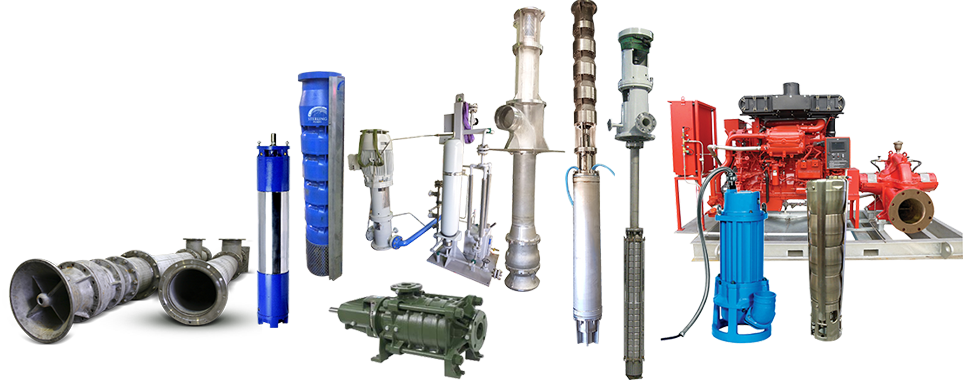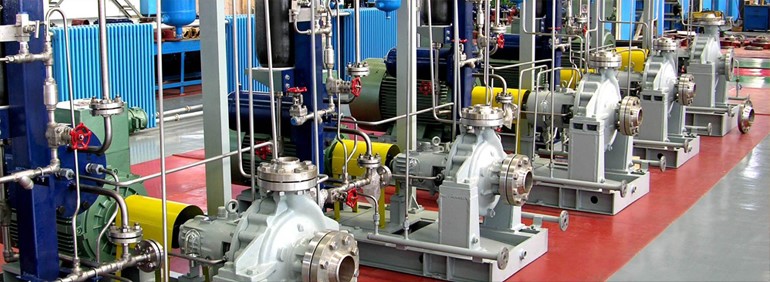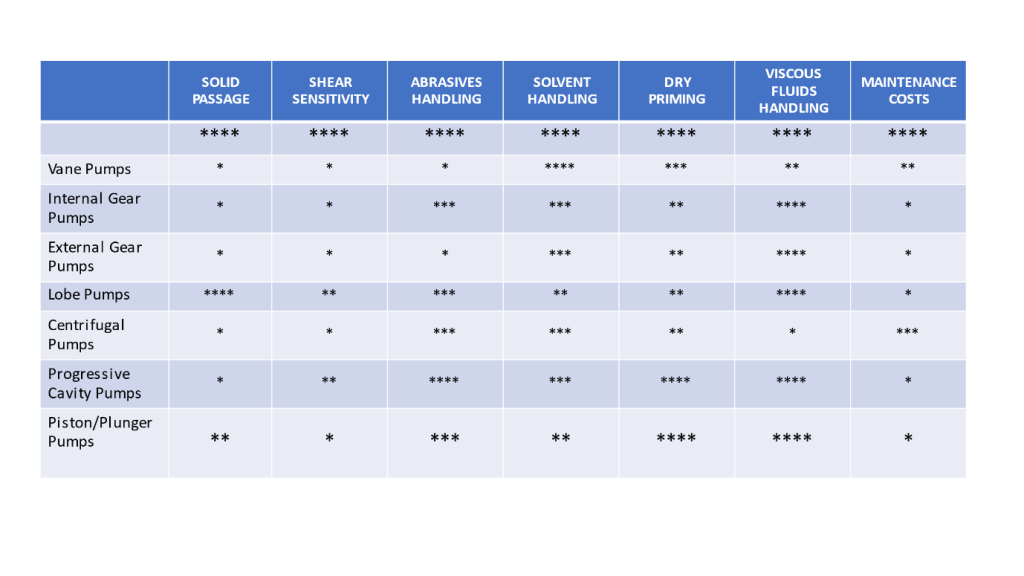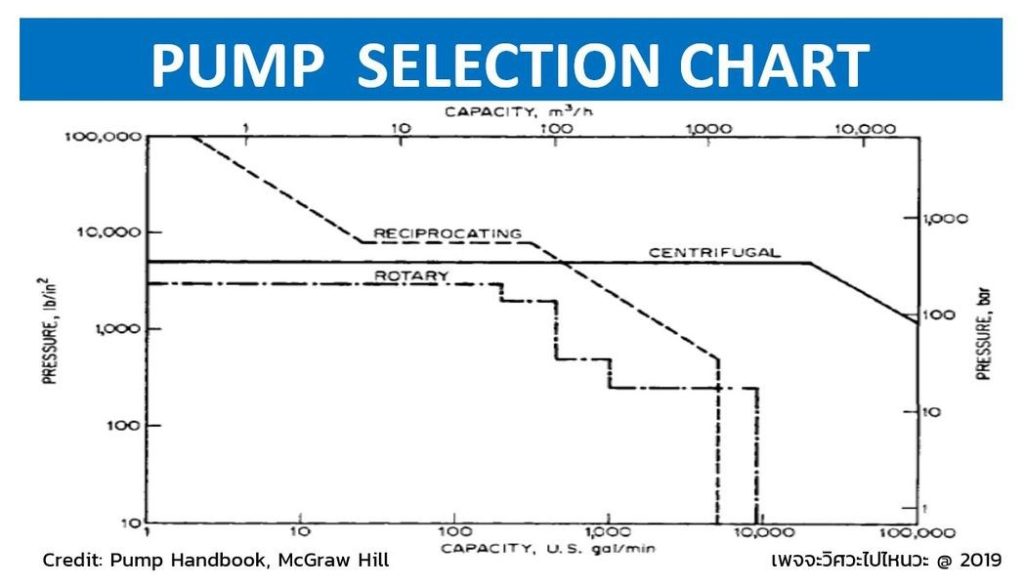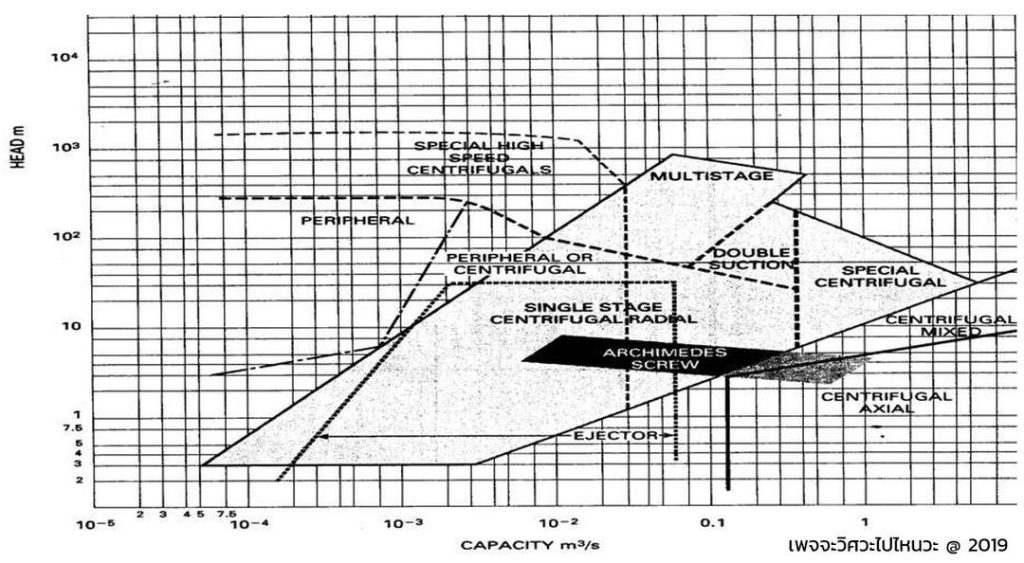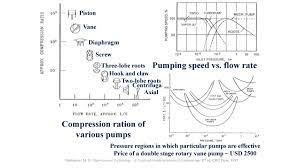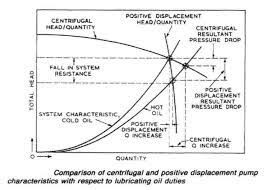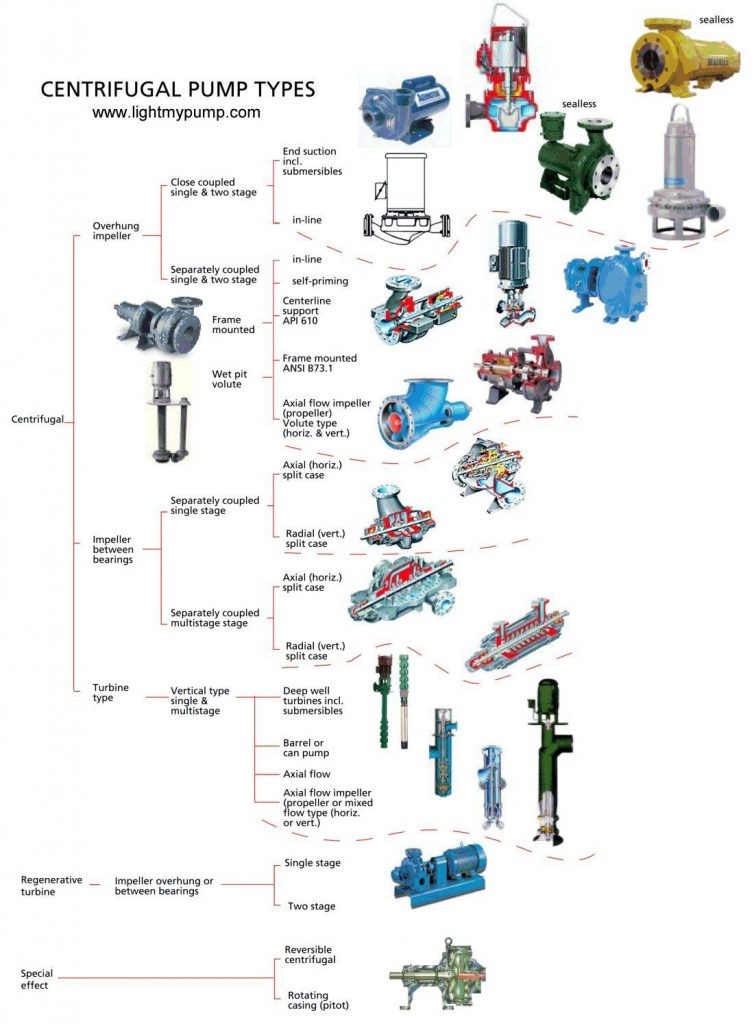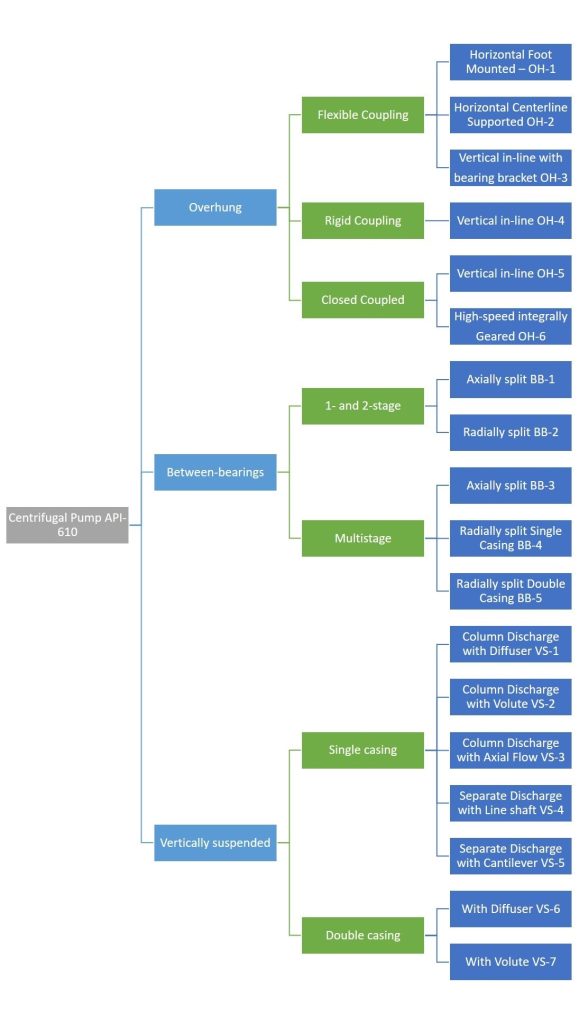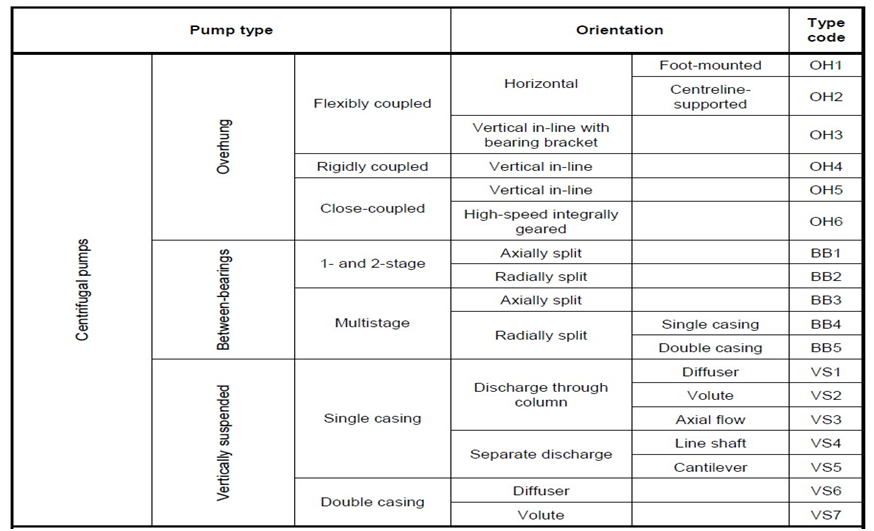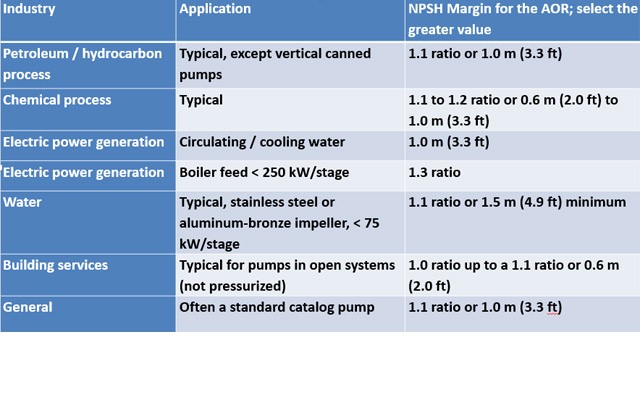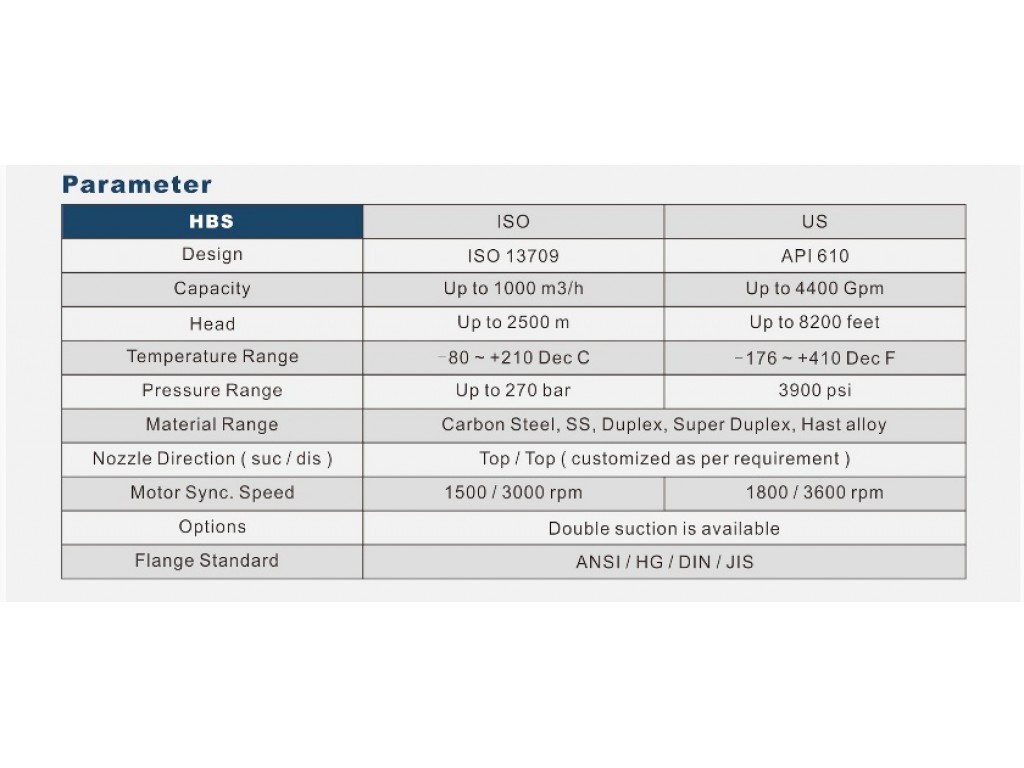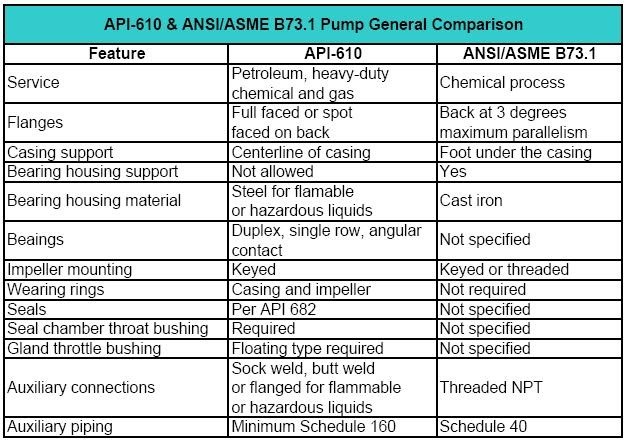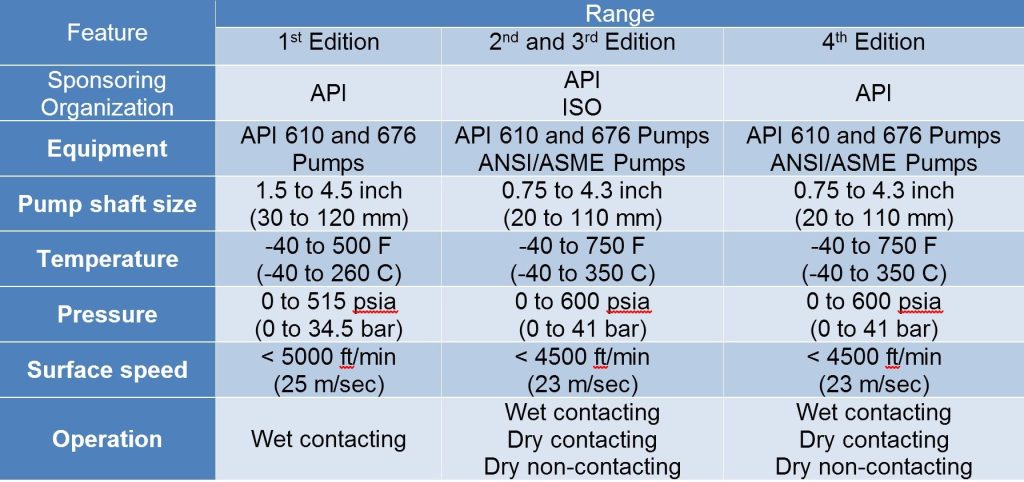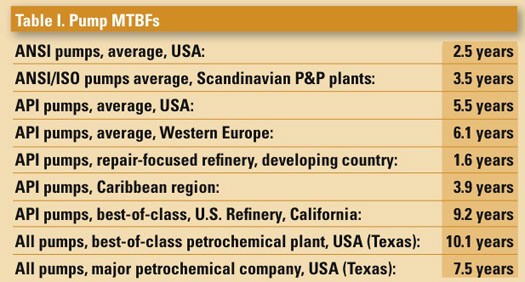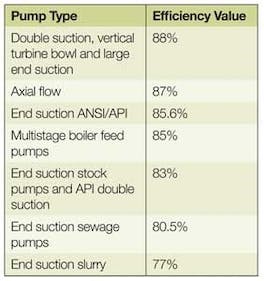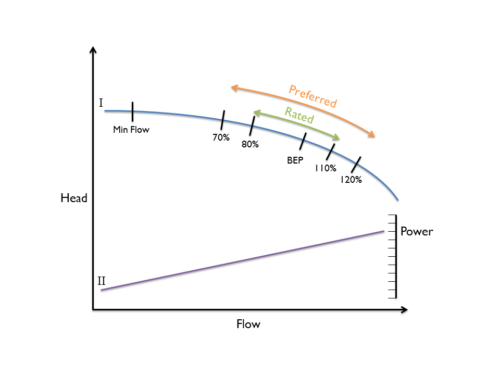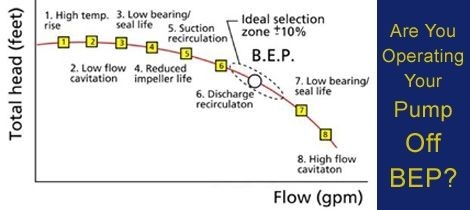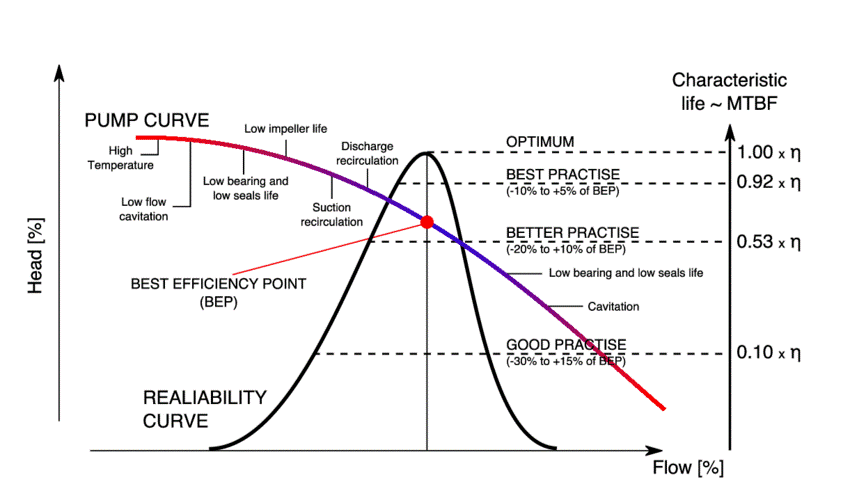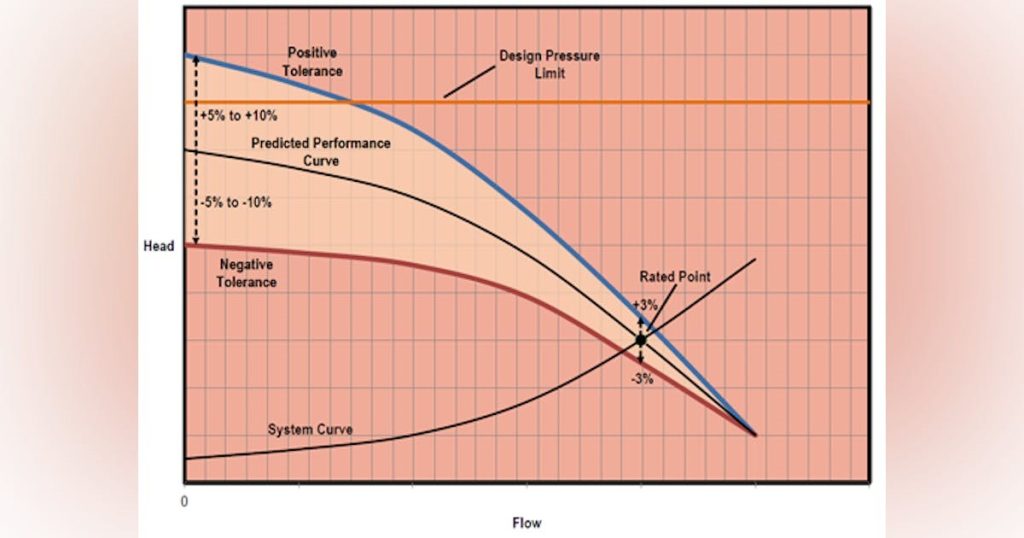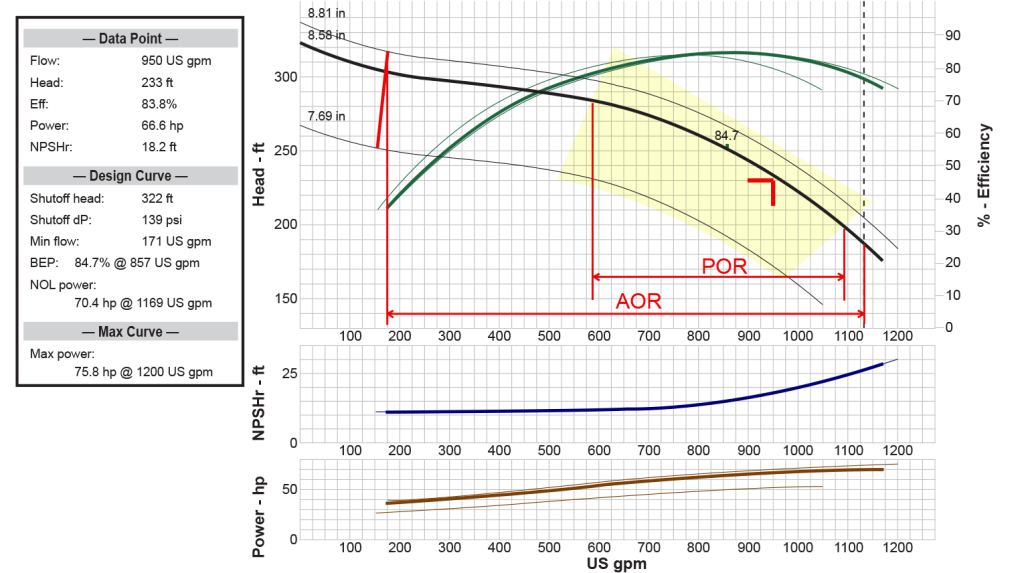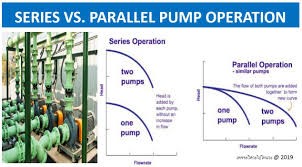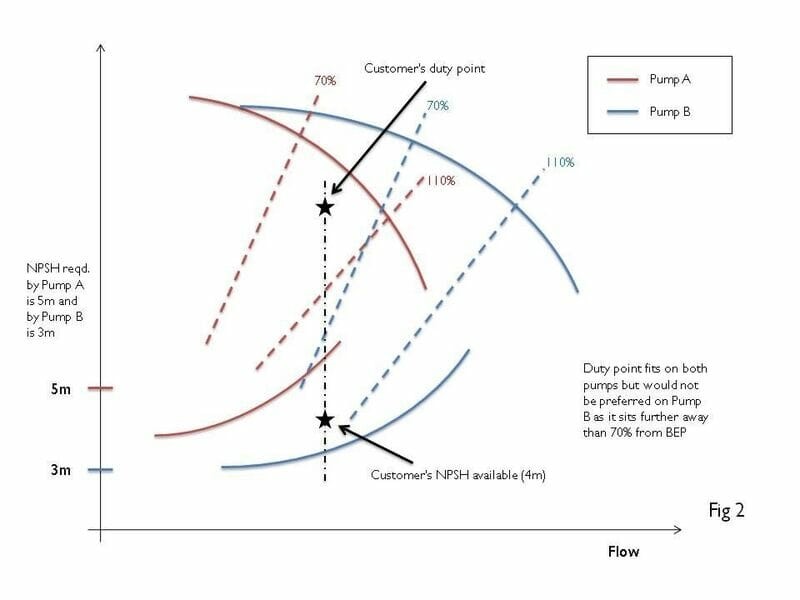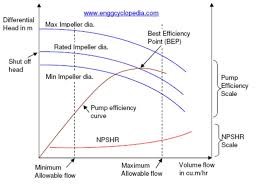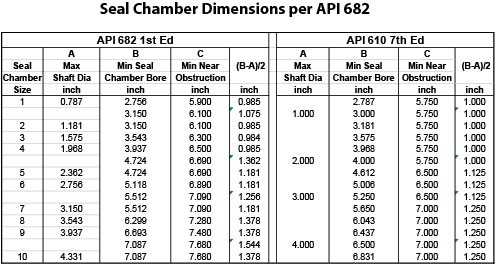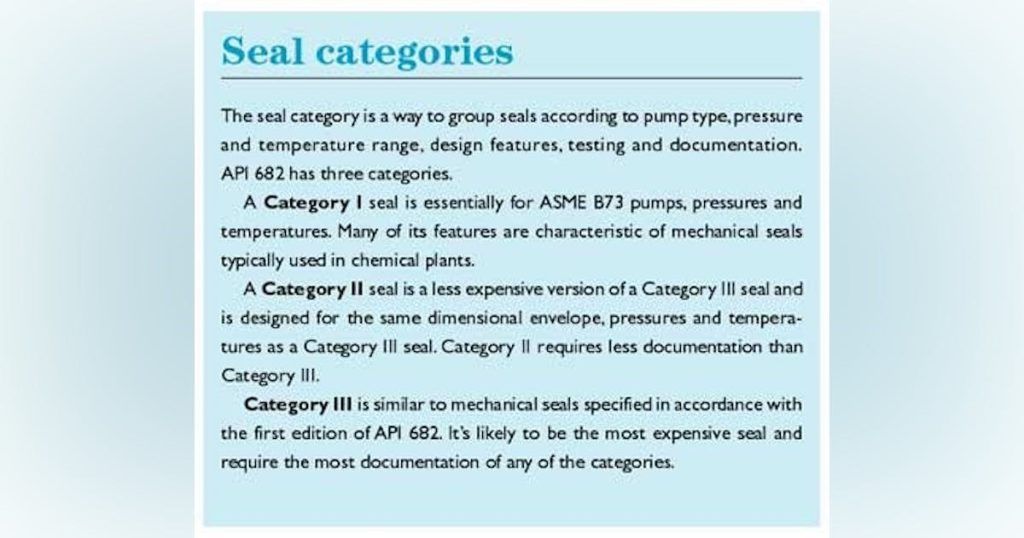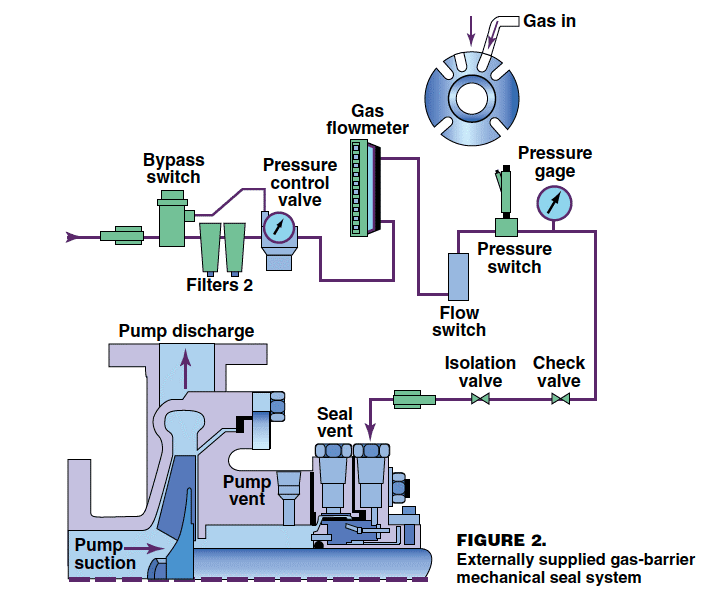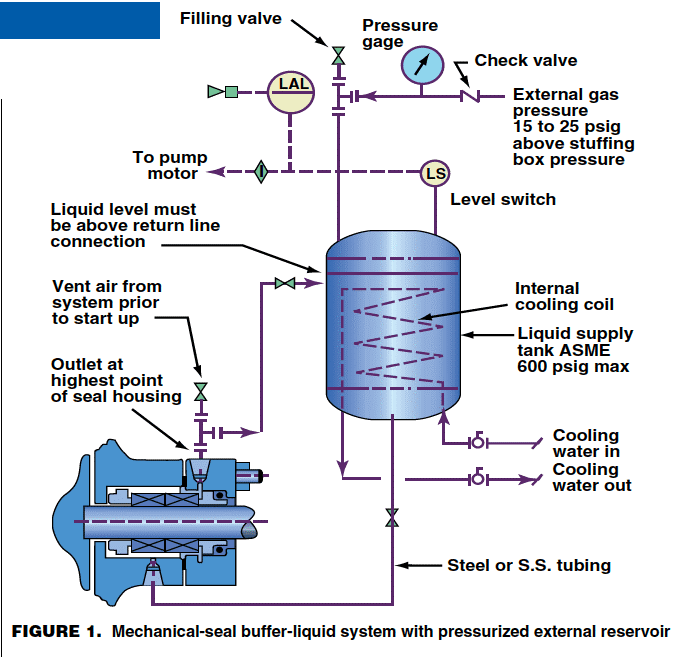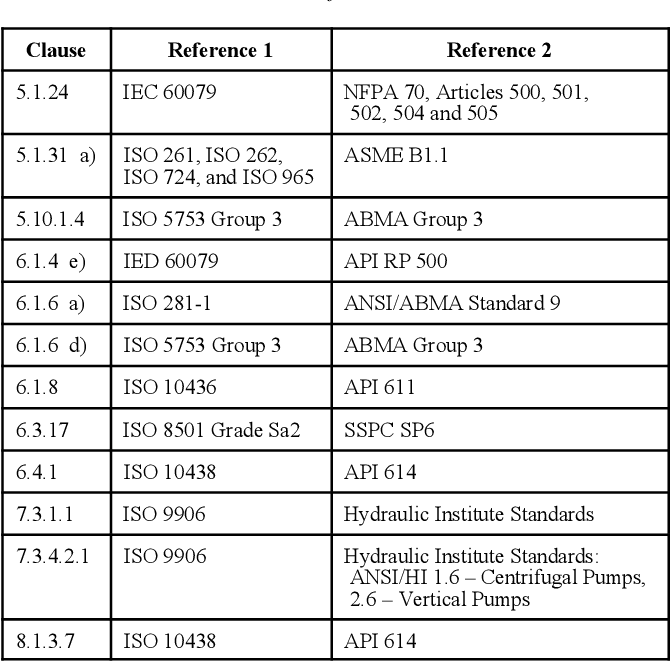ความแตกต่างระหว่างปั๊ม ANSI VS API ในกระบวนการผลิต
ปั๊มในกระบวนการผลิต (Process pump, PP) เป็นปั๊มที่ออกแบบเป็นพิเศษสำหรับใช้งานในกระบวนการผลิต (Production process) ซึ่งคุณสมบัติทางเคมีของวัสดุ (Chemical and physical properties) หรือของไหล (Fluid) ที่จะปั๊มแต่ละจุดในกระบวนการผลิตจะต่างกัน มีการเปลี่ยนแปลงคุณสมบัติของๆไหล ไม่เหมือนกันไป เปลี่ยนไปตามขั้นตอนของกระบวนการผลิต เช่น คุณสมบัติของสาร (Chemical composition) ความหนาแน่น (Density) ความหนืด (Viscosity) อุณหภูมิ (Temperature) ความดัน (Pressure) เป็นต้น การออกแบบปั๊มเพื่อปั๊มของไหลที่มีคุณสมบัติที่แตกต่างกันจึงไม่เหมือนกัน ปั๊มที่ออกแบบจะต้องคำนึงถึงความชื่อถือได้ ความคงทน เพื่อให้เกิดความต่อเนื่องในกระบวนการผลิต และจะต้องมีความปลอดภัยจากการรั่วไหลของสารเคมี สารพิษ และไฟไหม้เป็นสำคัญ
โปรเซสปั๊มแบ่งเป็น 3 ชนิด
1. Centrifugal Pumps: (ANSI B 713 API 610)
High flow, low to medium head
No pulse
Flow type: radial, axial and mixed flow
- In-line pumps
- Single or double suction pumps
- Horizontal or vertical
- Single stage or multistage pumps
- Submersible pumps
- Axial-flow pumps
2. Positive Displacement Pumps:
Low to medium flow, high head
Pulsation flow (Suppressed by dampener at discharge)
- Reciprocating (API 674)
- Controlled volume (Metering pump, API 675)
- Diaphragm
- Rotary shaft (e.g. screw, gear, sliding vane)
3. Sealless Pumps:
Magnetic drive or canned motor (API 685)
Used to avoid mechanical seal leakage with toxic, corrosive, hazardous fluids
Centrifugal Process Pump มี 2 ชนิด
1. ปั๊มเคมี (Chemical process pump) ทั่วไป จะออกแบบให้เหมาะสมแก่การใช้งานอย่างต่อเนื่อง และมีความปลอดภัยตามมาตรฐาน ANSI B 713 (ANSI - American national standard institute)
2. ปั๊มที่ใช้ในอุตสาหกรรมน้ำมัน และปีโตรเคมี (API pump) จะจะออกแบบให้เหมาะสมแก่การใช้งานอย่างต่อเนื่อง คงทน เชื่อถือได้ และมีความปลอดภัยตามมาตรฐานของ API 610 (API - American petroleum institute) โดยจะออกแบบระบบซืลคอเพลา (Mechanical seal) เป็นพิเศษ ให้รั่วได้ยาก ชิ้นส่วนประกอบ (Component) ปั๊มต้องไม่ทำให้เกิดประกายไฟ (Spark) และมีความคงทนสูง (Durable) API ปั๊มใช้สำหรับของไหลที่เป็นพิษ (Toxic) และไวไฟพิเศษ (High flammable) การออกแบบต้องทำเป็นพิเศษ เพื่อป้องกันการรั่วของวัสดุอันตรายและไวไฟ
การเลือกใช้ปั๊ม และข้อจำกัด
ปั๊มทุกชนิดมีข้อจำกัดของ Flow rate and Pressure
การขยายใบพัดเพื่อให้เพิ่มกำลังการผลิต
API จะกำหนดให้ออกแบบเผื่อใว้ ให้สามารถทำการขยายกำลังการผลิตได้ โดยสมรรถนะจะเปลี่ยนแปลงเล็กน้อย
บริษัทไอคิวเอส (IQS) เป็นตัวแทนการขายและการบริการของ API และ ANSI ปั๊มจากบริษัท Shin Nippon Machinery (SNM) และ บริษัท Gliswold ในกลุ่ม PSG Dover ปั๊มของทั้ง 2 บริษัทมีชื่อเสียง ใช้แพร่หลายต่างประเทศ และในในประเทศไทย
นอกจากนี้บริษัทไอคิวเอสยังมีปั๊มอื่นๆ ให้เลือกตามลักษณะการใช้งาน มีหลายแบบ หลายแบรนด์หลายขนาด หลายราคา
ไอคิวเอส มีวิศวกรทีมีความรู้ ความเชี่ยวชาญ และประสบการณ์ในการให้คำปรึกษาในการเลือกใช้ที่เหมาะสม และการดูแลใช้งานปั๊ม
สนใจสินค้า บริการหลังการขาย หรือต้องการปรึกษา ติดต่อ บ. อินทีเกรทเต็ด ควอลิตี้ เซอร์วิสเซส จำกัด

